News
Royal costume in the decoration program of Djeser-Djeseru
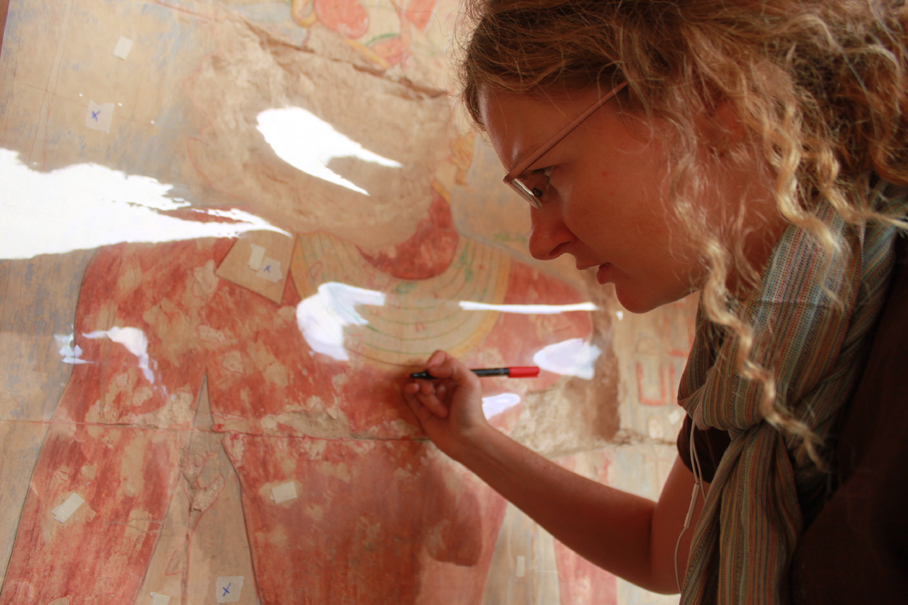
Research on the private costume of the Late Period, about which the monograph will be finished soon, inspired the creation of the present project within the ongoing study of the temple of Hatshepsut. The results from this research, as well as comprehensive documentation of sources from all periods of Egyptian art, point to the validity of studies of royal costume within the framework of the decorative program of the Djeser-Djeseru temple.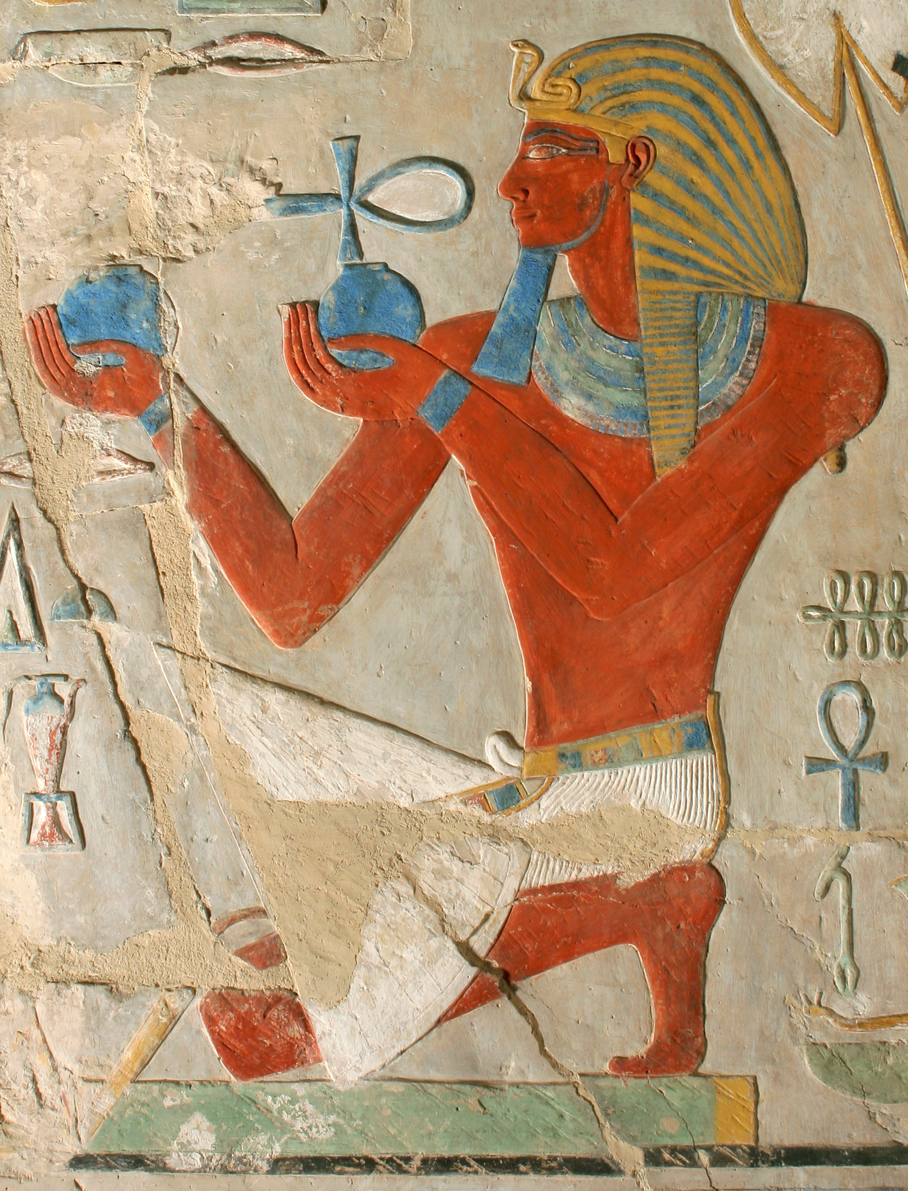 A detailed analysis of the iconography of Djeser-Djeseru is the starting point of the current research, which will allow for the identification of the singular elements of costume, as well as providing a detailed typology. During the research for the typology, a particular effort will be made to refine the terminology for the various types of garments.
A detailed analysis of the iconography of Djeser-Djeseru is the starting point of the current research, which will allow for the identification of the singular elements of costume, as well as providing a detailed typology. During the research for the typology, a particular effort will be made to refine the terminology for the various types of garments.
The second phase of this research will focus on providing a detailed typology of the types of royal costume represented in the temple at Deir el-Bahari. These representations encoded information about royal ideology and symbolism of royal scenes of the period. Each piece of represented clothing is being studied against the historical background in order to show possible innovations or intentions to emphasize the significance of the tradition for the royal representations. 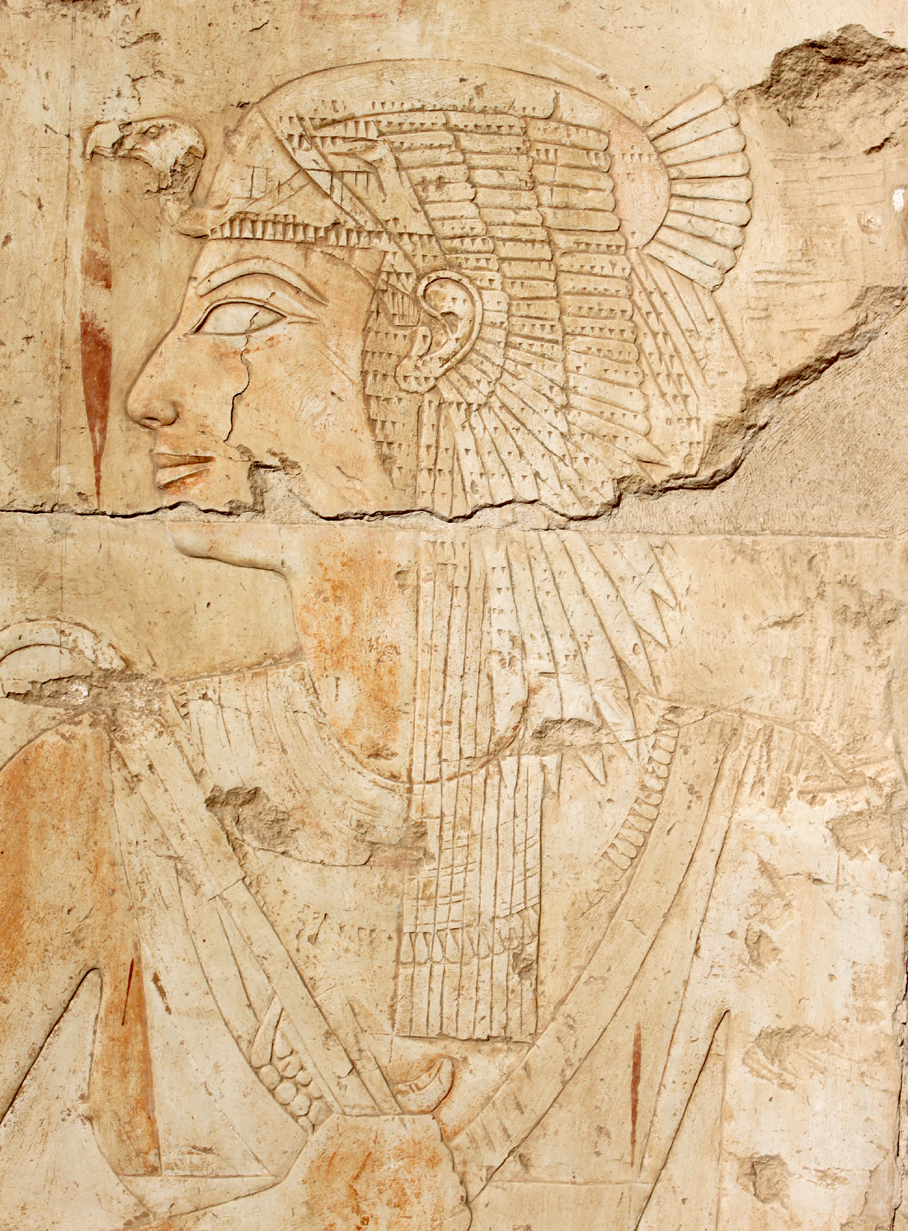 The comparative analysis of the documented costume at Djeser-Djeseru employs representations of Hatshepsut and Thutmosis III at other temples, such as Karnak and the nearby Djeser-Akhet temple. In addition, it also uses the clothing of Tutankhamun, which is the only preserved collection of actual royal garments.
The comparative analysis of the documented costume at Djeser-Djeseru employs representations of Hatshepsut and Thutmosis III at other temples, such as Karnak and the nearby Djeser-Akhet temple. In addition, it also uses the clothing of Tutankhamun, which is the only preserved collection of actual royal garments.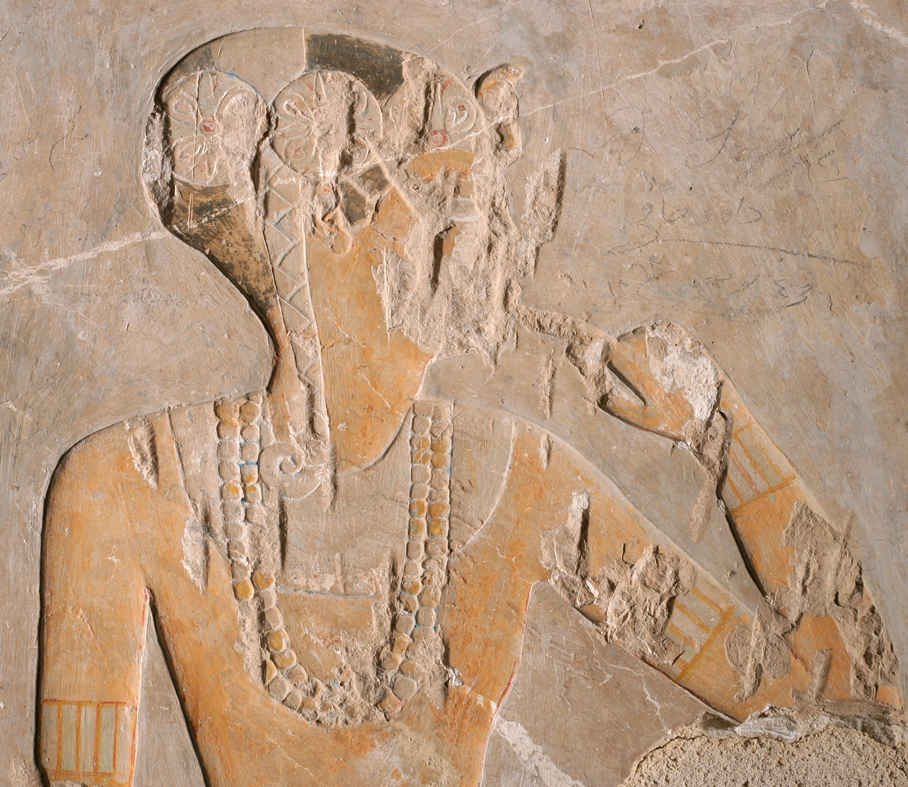 The royal attire is analyzed in the macro- and microscale. The former analysis aims at studying the role and meaning of the attire in relation to the kinds of scenes represented in the temple. The latter focuses on the particular elements of the attire, such as the arrangement of the royal insignia with the particular garments, as well as the color of the attire. An attempt to explain any symbolic significance of the particular elements of the royal attire is also underway.
The royal attire is analyzed in the macro- and microscale. The former analysis aims at studying the role and meaning of the attire in relation to the kinds of scenes represented in the temple. The latter focuses on the particular elements of the attire, such as the arrangement of the royal insignia with the particular garments, as well as the color of the attire. An attempt to explain any symbolic significance of the particular elements of the royal attire is also underway.
Detailed analysis of the costume will also be helpful in reconstruction efforts at the Djeser-Djeseru, as well as in other Theban temples. The study includes the techniques of how a given piece of clothing was represented in the. For example, an understanding of how a specific type of clothing was represented in the Djeser-Djeseru temple will facilitate the recognition of which of these elements were usually carved and which were only painted. These types of diagnostic features for royal attire in different parts of the temple will also be helpful in ongoing reconstruction efforts.
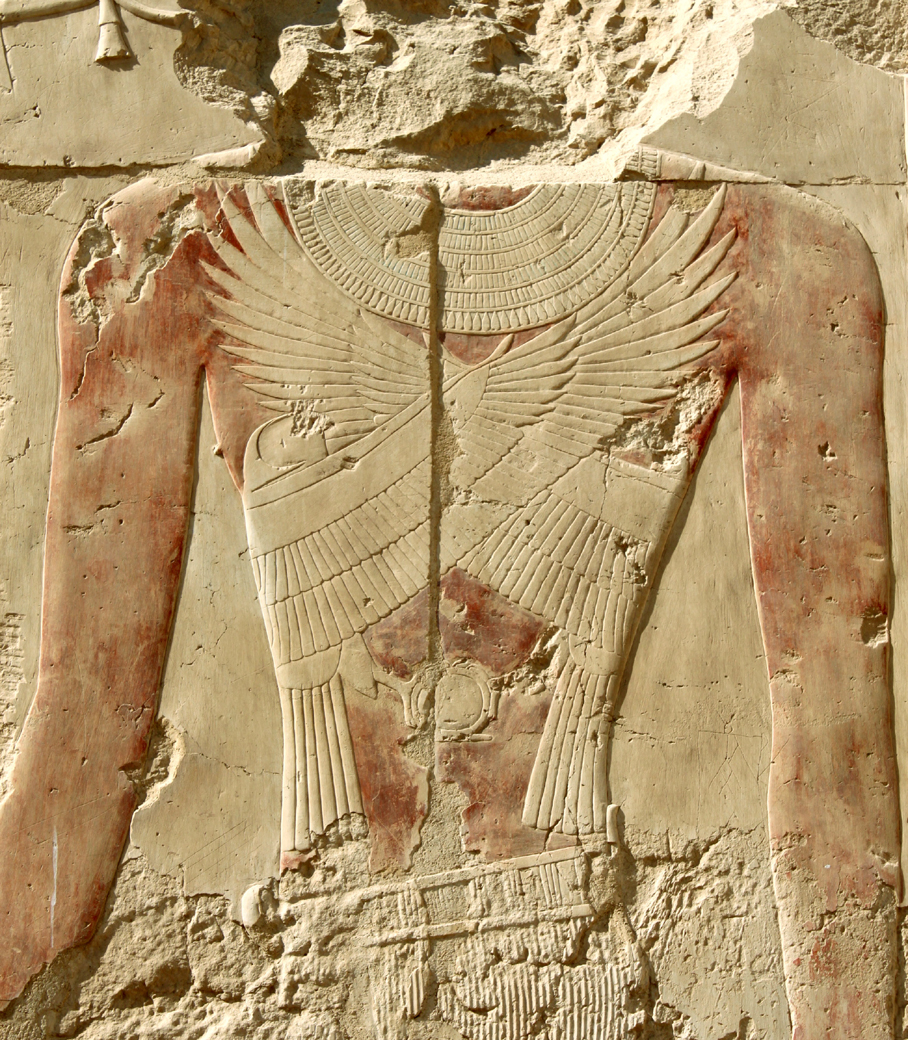
The project started with the creation of a Microsoft Access database, which includes a comprehensive catalog of all royal representations in the temple. In addition, photographic documentation of the complete scenes and singular figures, as well as particular items of attire, was undertaken. The drawing documentation is currently being prepared, drawn in a 1:1 ratio on transparent foil. After these drawings are completed and scanned, they are going to be digitally reproduced as vector drawings in Adobe Illustrator.
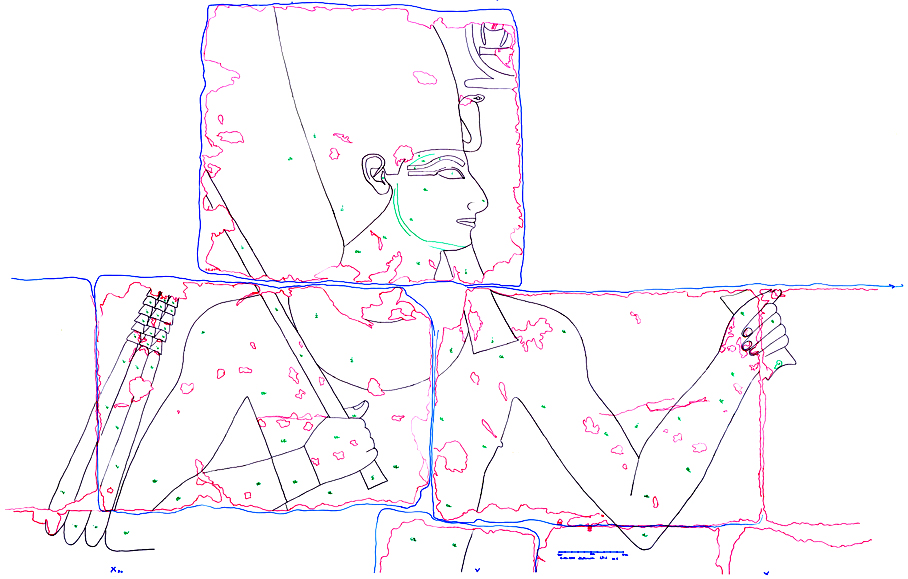
Project supervisor: Aleksandra Hallmann
Contact: aleksandra.hallmann@gmail.com
Egyptological projects I Archaeological projects I Conservation and architectural projects I Field reports I History of research



